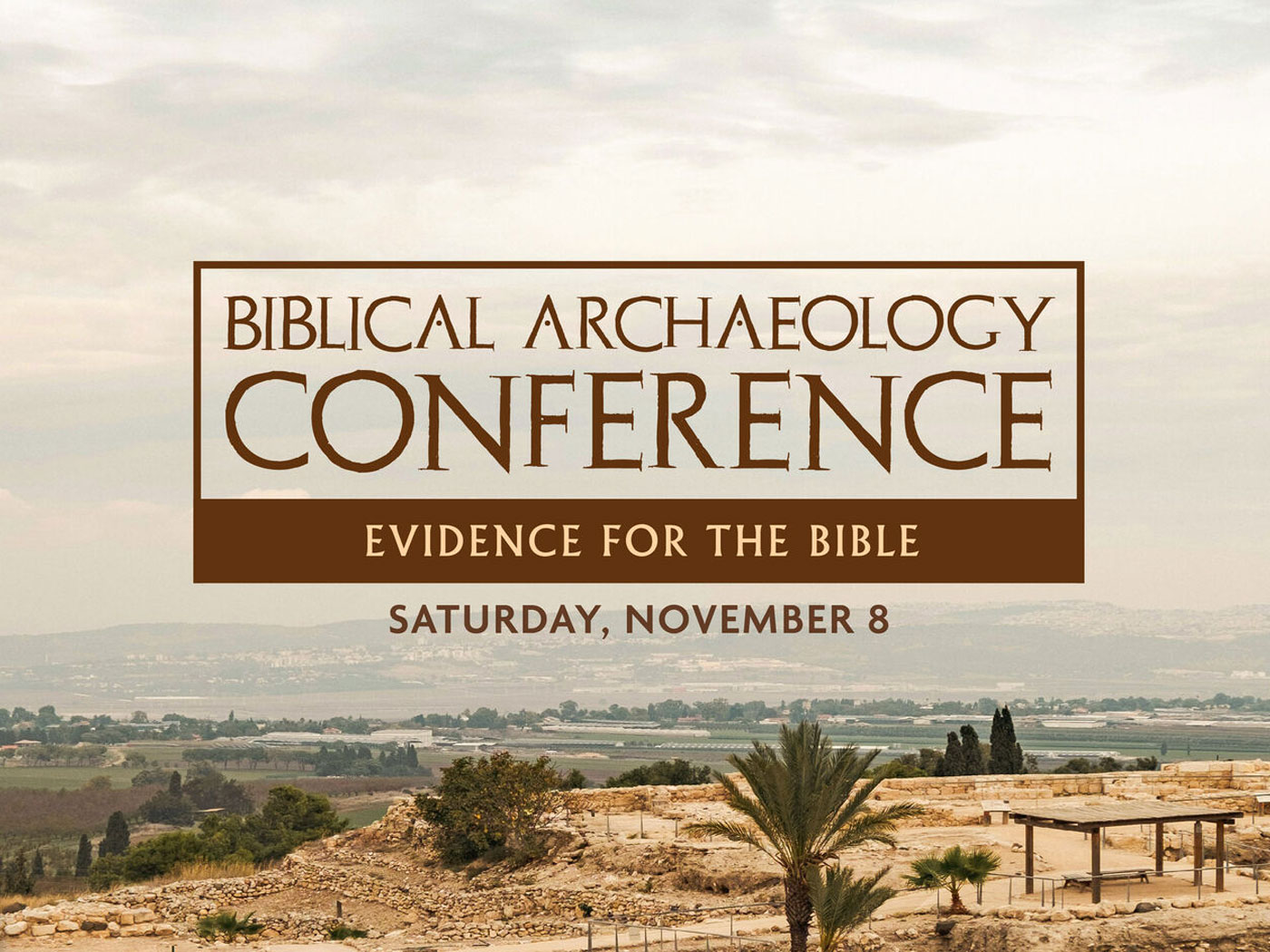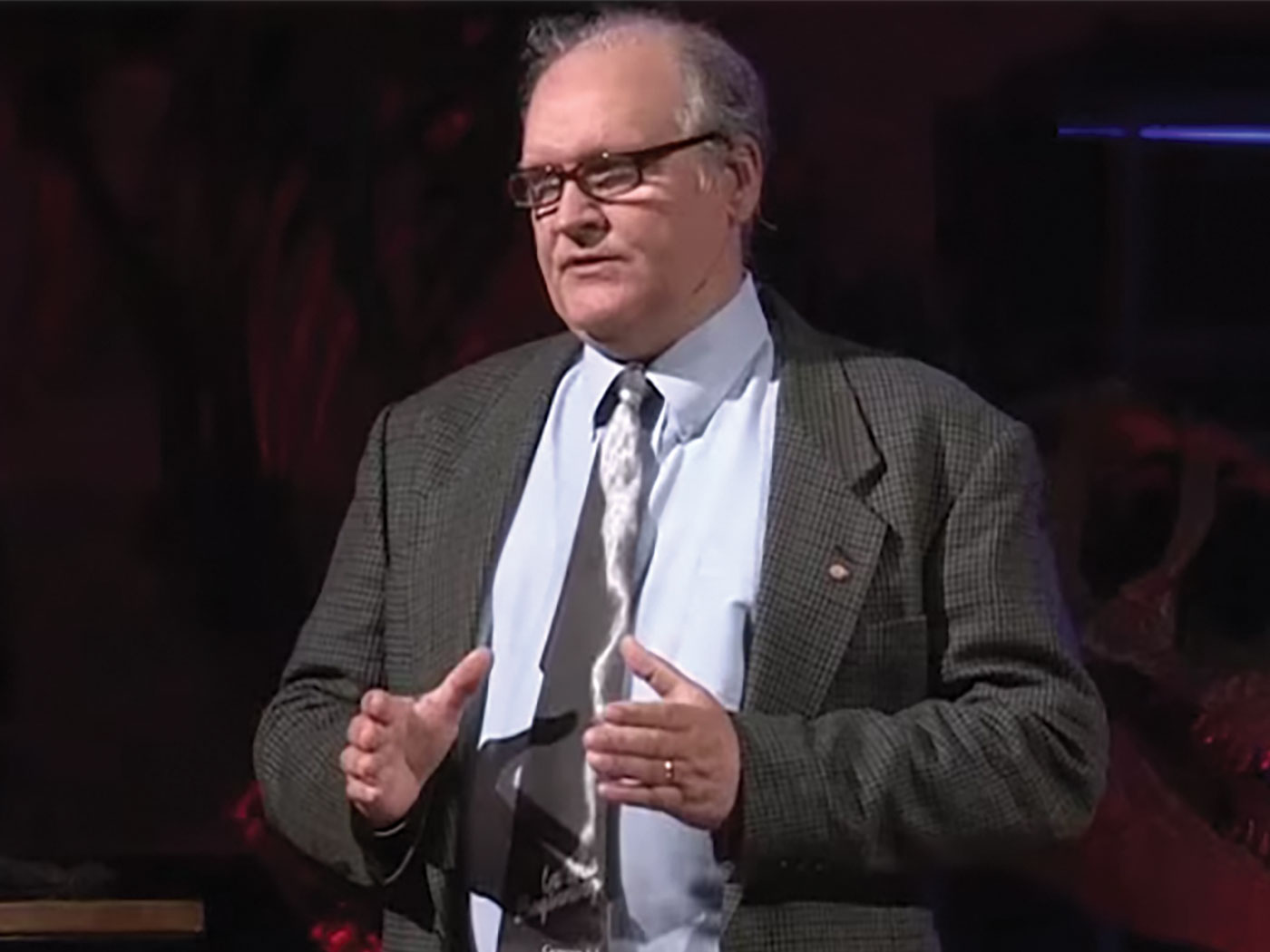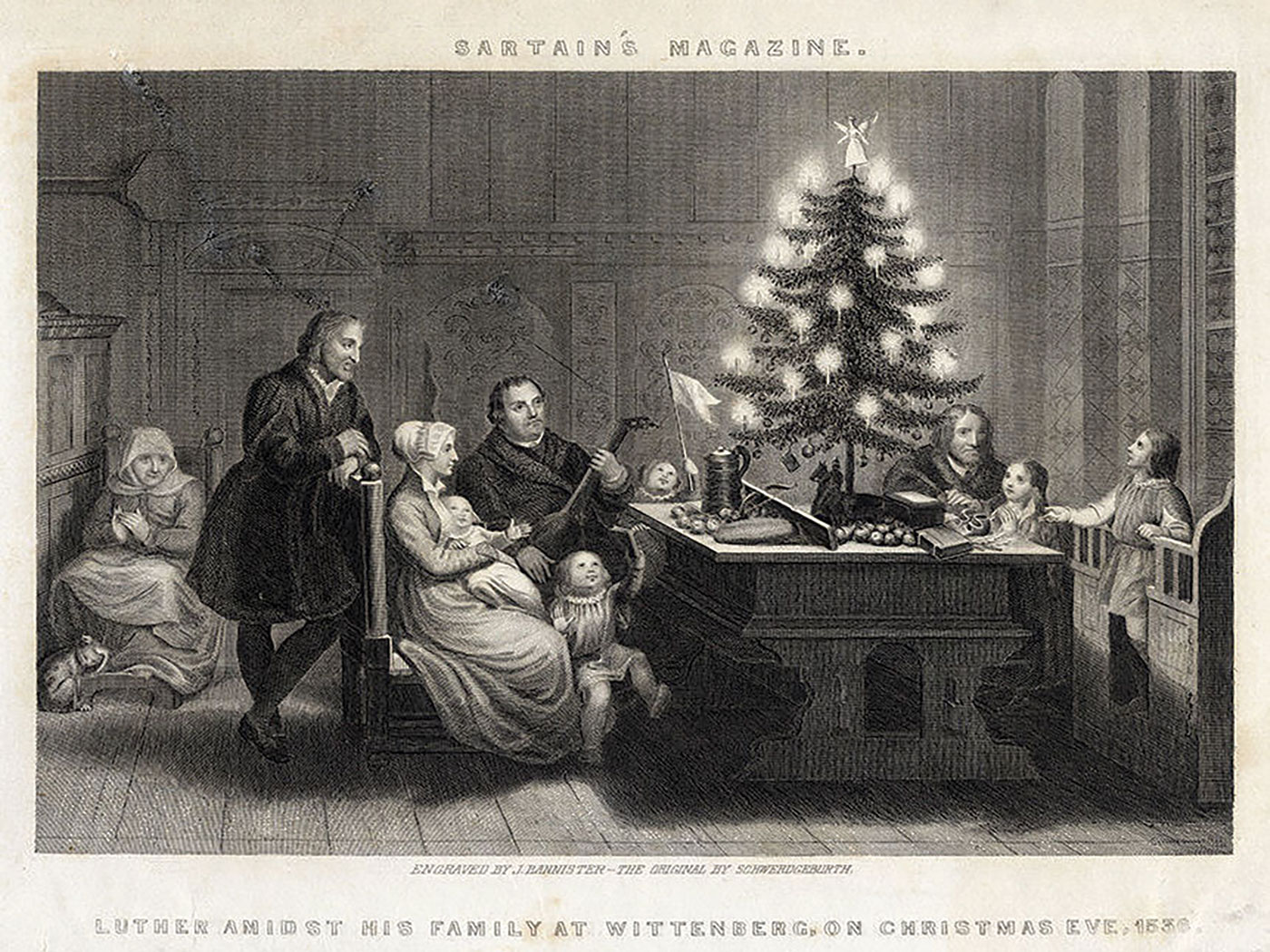Scientists used new techniques to sequence 101 ancient human genomes believed to be from Bronze-Age populations in Europe. Their findings indicate a massive migratory influx of genetic diversity just a few thousand years ago. This data also coincides with known language diversification patterns, providing strong evidence for the dispersion of people groups at the Tower of Babel.
The so-called Bronze Age, estimated by secular researchers to span from 1,000 to 3,000 B.C., is thought to be a time of great cultural change due to the diversity of artifacts typically found with ritually buried human skeletons. In this current report, the researchers stated that "the Bronze Age was a highly dynamic period involving large-scale population migrations and replacements, responsible for shaping major parts of present-day demographic structure in both Europe and Asia."1
To put the Bronze-Age theory to the test, a sizeable group of scientists undertook the largest ancient DNA sequencing project to date on 101 different human remains thought to be associated with the Bronze Age era found across Eurasia. In addition, they used a new suite of DNA extraction and sequencing protocols that greatly improved the accuracy of the data and reduced modern human DNA contamination—a major problem in the study of ancient DNA.
Compared to modern Eurasians whose genes have been mixing together for several thousand years, these ancient remains showed a variety of distinct relatively unmixed genetic lineages. This is exactly what one would expect from human DNA sampled immediately after a massive migration that followed a genetic bottleneck. In fact, previous research showed that this type of genetic data also closely correlates with the geographical dispersion and the distribution of languages.2,3 In addition, several other recent studies analyzing the rare variation in the protein-coding regions of modern human genomes, have concluded that the human genome has diversified not more than about 5,000 years ago.4-7
While many evolutionary scientists find such results shocking and contentious in light of their failed historical paradigms, the accumulating data closely aligns with the most accurate ancient history account known to man: the Bible. As indicated in the Bible, humans experienced a genetic bottleneck about 4,400 years ago when the earth began to be repopulated through Noah's family—eight people who survived the global flood aboard the ark.
The Bible also explains that directly after the Flood, mankind disobeyed God's command to replenish and fill the earth. Instead, humans congregated in one geographic location and attempted to re-establish the pre-Flood pagan culture that caused the earth to be filled with violence and wickedness—bringing about God's judgment with the global Flood. Therefore, God confused their language and foiled their rebellious ambitions, forcing them to split off into different people groups and migrate to new regions around the globe. This is the underlying basis of diversity among nations and people groups that we see today—including an explanation for the new genetic data observed in the ancient Eurasian human remains just reported.
References
- Allentoft, M. E. et al. 2105. Population genomics of Bronze Age Eurasia. Nature. 522 (7555): 167-174.
- Tomkins, J. 2014. Out of Babel—Not Africa. Creation Science Update. Posted on icr.org February 16, 2015, accessed June 22, 2015.
- Creanza, N. et al. 2015. A comparison of worldwide phonemic and genetic variation in human populations. Proceedings of the National Academy of Sciences. 112 (5): 1265-1272.
- Tomkins, J. 2012. Human DNA Variation Linked to Biblical Event Timeline. Creation Science Update. Posted on icr.org July 23, 2012, accessed June 22, 2015
- Tomkins, J. 2013. Genetics Research Confirms Biblical Timeline. Creation Science Update. Posted on icr.org January 29, 2013, accessed June 22, 2015.
- Tennessen, J. et al. 2012. Evolution and Functional Impact of Rare Coding Variation from Deep Sequencing of Human Exomes. Science. 337 (6090): 64-69.
- Fu, W. et al. Analysis of 6,515 exomes reveals the recent origin of most human protein-coding variants. Nature. 493 (7431): 216-220.
Image credit: Copyright © 2015 N. Shishlina. Adapted for use in accordance with federal copyright (fair use doctrine) law. Usage by ICR does not imply endorsement of copyright holder.
*Dr. Tomkins is Research Associate at the Institute for Creation Research and received his Ph.D. in genetics from Clemson University.
Article posted on June 26, 2015.



















